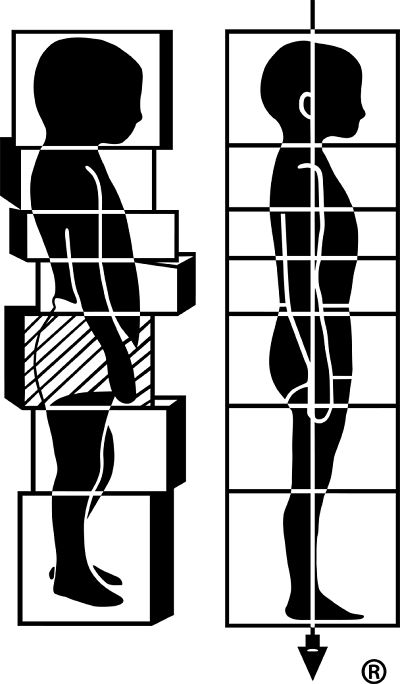Who is Rolfing Structural Integration® for?
- People dissatisfied with their posture, who want to improve their appearance and mobility.
- People suffering from aches or pains in areas such as the neck, shoulders, hips, back, arms, legs etc.
- People, in physically demanding jobs, who feel pain, are stressed, tense and stiff.
- People suffering from the effects of injuries and accidents.
- Physically active people e.g. artists, athletes, dancers, students of Yoga and meditation, musicians who wish to improve their mobility and reduce the risk of injury.
- People that feel as if they have lost or are lacking their inherit energy/vitality.
- People from all walks of life and of all ages, from children to seniors, with structural related issues.
What are the benefits?
As a result of Rolfing Structural Integration®, people commonly report feeling physically taller, lighter and more flexible, better balanced and greater self-confidence. As a result, discomfort or pain in the body is alleviated. It is important to remember that because no two people are alike, each experience and its benefits will cater to the individual.
Why the ten session series?
The goal of Rolfing Structural Integration® is to balance your body’s structure in gravity. To do that, a Rolfer™ looks at how your entire body has compensated and shortened over time. The ten-session format allows us to systematically open the body to deal with those compensations, not just to fix a local problem, but to get at your body’s entire postural pattern.
Do I have to do the entire ten series?
Of course not. You can try a session or two to see if Rolfing Structural Integration® fits your needs. If you choose to do fewer sessions than the entire ten series, you and your Rolfer™ can come up with a strategy to get the maximum benefit out of the number of sessions that you can do. Also, some clients with chronic problems choose to extend their Rolfing Structural Integration® beyond the original series. It is up to the Rolfer™ and client to create an approach suited to that client.
What is the cancellation policy?
Appointment cancellations need as much advanced notification as possible, however please note that the full fee is charged for missed appointments unless a 24-hour advanced notice is given.
There is no charge for missed appointments due to sudden emergencies, however some notice is appreciated if a sudden emergency is preventing you from keeping your appointment.
Is Rolfing Structural Integration® long-lasting?
Yes! Photographs taken of people years after the Basic Ten Series show that changes are still present with structure and function improved. Keep in mind however, as life changes, bodies change in response. Any injuries, accidents, lengthy illnesses, and emotional stress may necessitate additional work. The gallery provides before and after documentation showing the effects of Rolfing Structural Integration®.
How does a Rolfing Structural Integration® feel?
During the session you may experience a warm, pleasant sensation from the area that is being worked while at other times momentary discomfort. The practitioner will apply the appropriate pressure, based on the client’s needs and feedback.
Early on, Rolfing Structural Integration® developed a reputation as an extremely uncomfortable process. Over time, the Rolfing Structural Integration® community has developed the work to be even more effective, while at the same time working at levels that are actually more comfortable to the client. In short, most new clients who are worried about Rolfing Structural Integration® being uncomfortable no longer find that an issue after experiencing a session.
How is Rolfing® different than massage?
Massage focuses on relaxing and releasing muscular tension and stress while Rolfing Structural Integration® focuses on changing biomechanical patterns of movement and making postural changes long-term.
Does Rolfing Structural Integration® have psychological benefits?
While Rolfing Structural Integration® is primarily concerned with physical changes in the body, it does affect the whole person. As well as our physical being, we are made up of emotions, attitudes, belief systems, and behavior patterns in concert with perceptions of body image that all determines how the person is shaped and what their limitations are in how they move. For some people, the physical holding patterns they have adopted can be related to emotional holding or tension. For others, their structure may carry the effects of an emotional experience. Aligning the physical structure is a useful tool and complementary to psychotherapy and/or personal development work.
What do I wear?
The typical attire for men is underwear and for woman is bra and underwear. It’s important for the Rolfer™ to be able to see your physique and the changes that occur during the sessions. It is also important for you to feel comfortable during the session so, if needed, please wear whatever you feel is appropriate.
